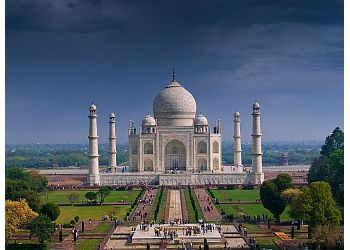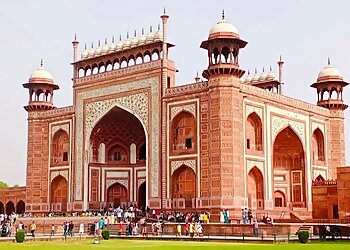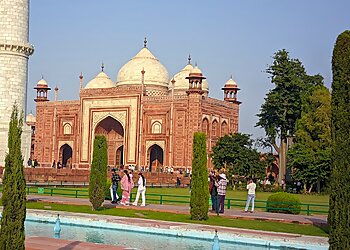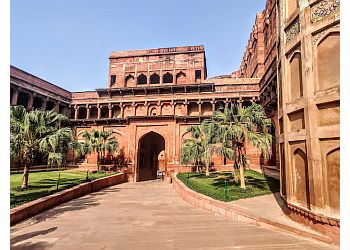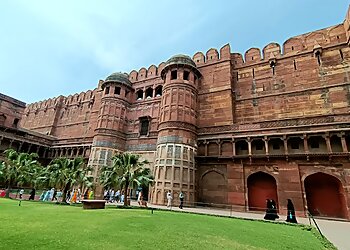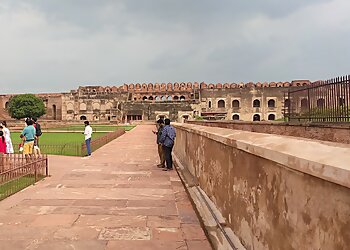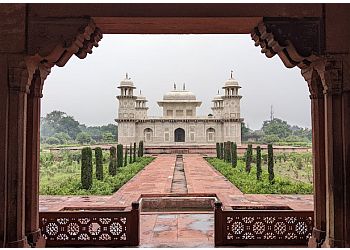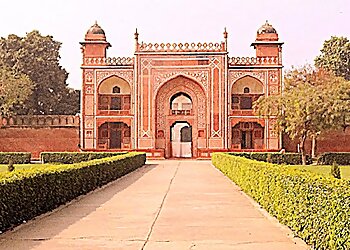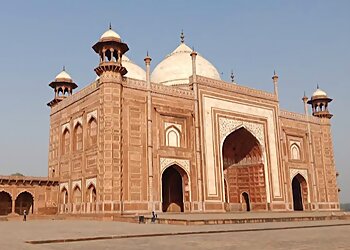Speciality:
“Taj Mahal is an ivory-white marble mausoleum built by Mughal Emperor Shah Jahan in memory of his beloved wife, Mumtaz Mahal, nearly 400 years ago. It also houses Shah Jahan’s own tomb. Constructed between 1632 and 1648 by over 20,000 artisans, this masterpiece symbolises eternal love. The Taj Mahal spans 42 acres, the complex includes a mosque, a guest house, and lush gardens enclosed by a crenellated wall. The Taj Mahal's exterior is a pinnacle of Mughal architecture, with intricate ornamentation that adjusts in scale with the structure. The inner chamber goes beyond conventional decorative elements, showcasing exquisite craftsmanship. The site is well-maintained, with ample parking available for visitors.”
Read more
